The Kingdom of Bhutan is a tiny South Asian nation with a population of about 800,000. It wasn’t really on our travel radar until a good friend suggested going there a few years ago. Then we watched a segment on 60 Minutes that told of Bhutan’s Gross National Happiness index — a complex calculation that is actually incorporated into the country’s constitution, and which the government considers more important than standard measures such as gross domestic product. At that point, we decided Bhutan was a place we ought to check out.
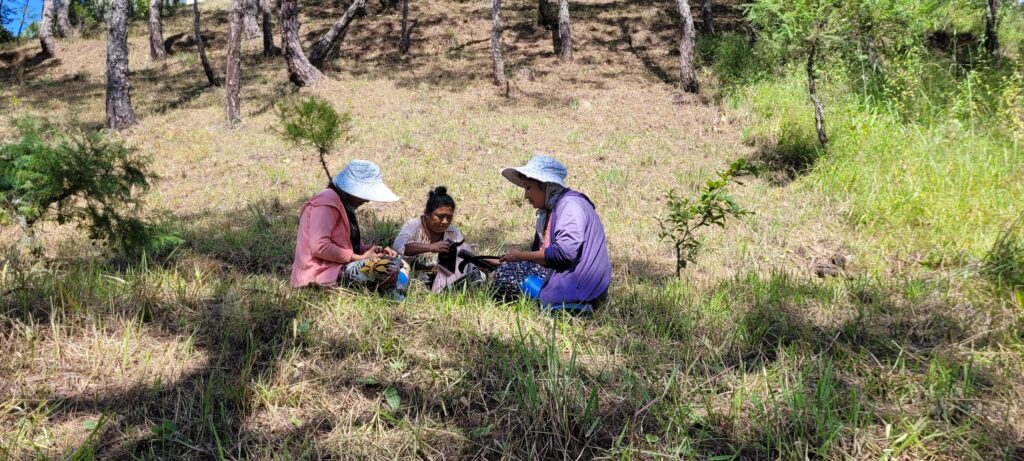
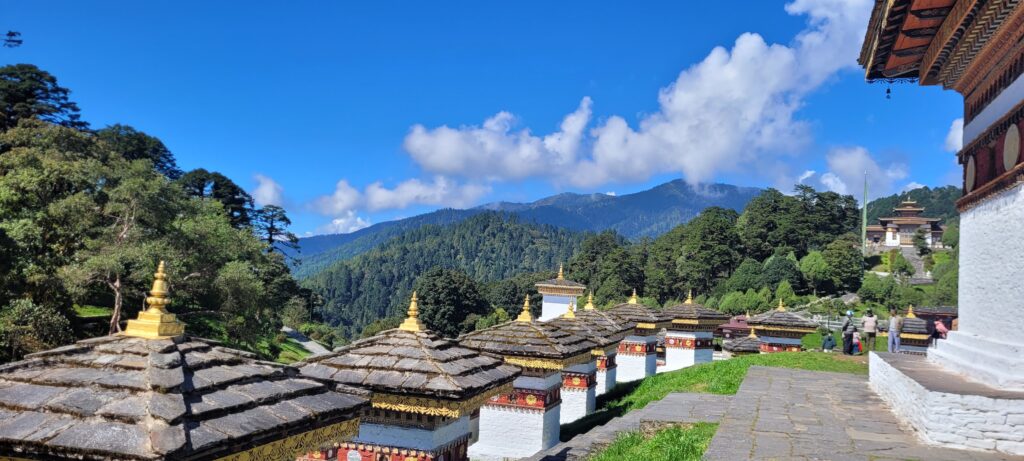
Like its western neighbor Nepal, Bhutan is landlocked, sandwiched between China to the north and India to the south. Unlike Nepal, it is a land that was largely isolated from foreign influence until the latter part of the 20th Century. Bhutan only began allowing tourism in 1974. Even now, you can’t travel there independently, and tourists must pay a Sustainable Development Fee of $100/day — over and above the usual expenses of lodging, transportation, meals, and so on.
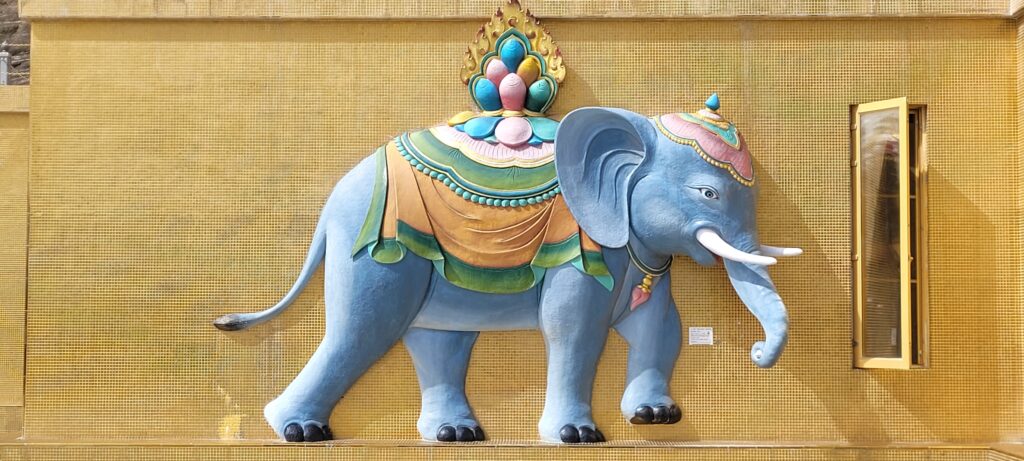
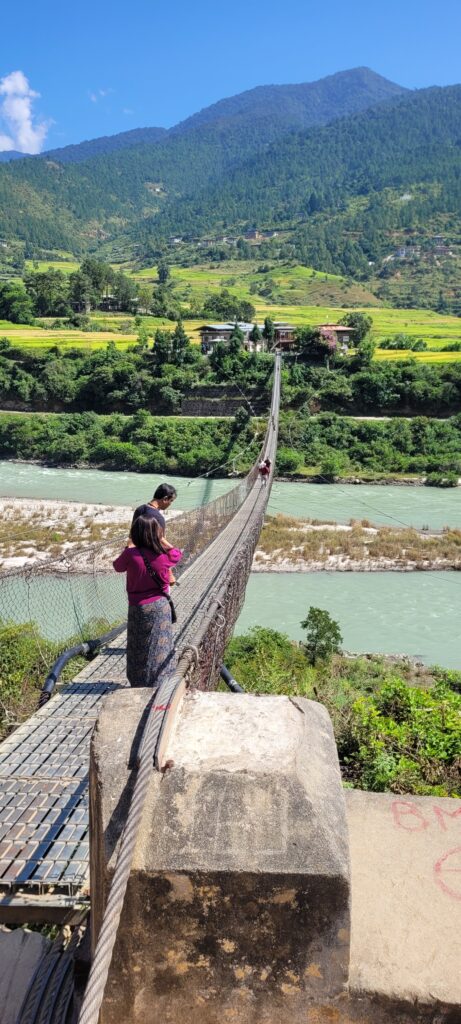
Are the Bhutanese really happier than folks in other parts of the world? That’s hard to say. But they do seem to be a very earnest and peaceful people. Some of that may have to do with their Buddhist culture. Another factor may be that their historic isolation has fostered a national identity that remains steadfast in this era of globalized everything. They may also just be happier because their country is so frickin beautiful. With the majestic Himalayas in the background, lush forests and valleys at every turn, and colorful monasteries and fortresses perched among gorgeous natural settings, a visit to Bhutan is a feast for the eyes.
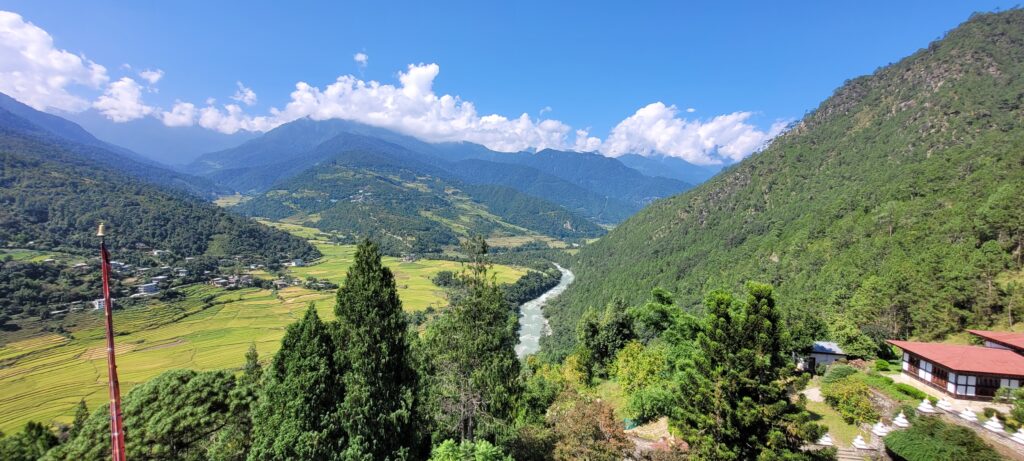
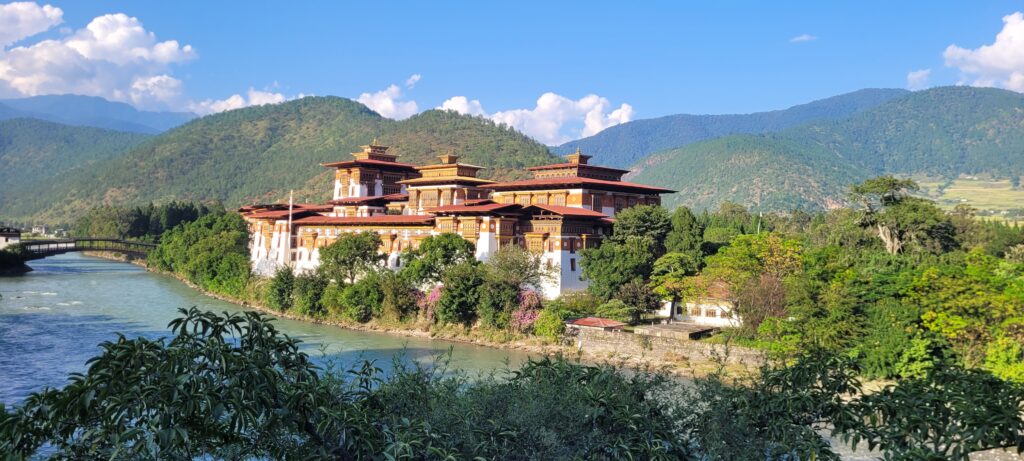
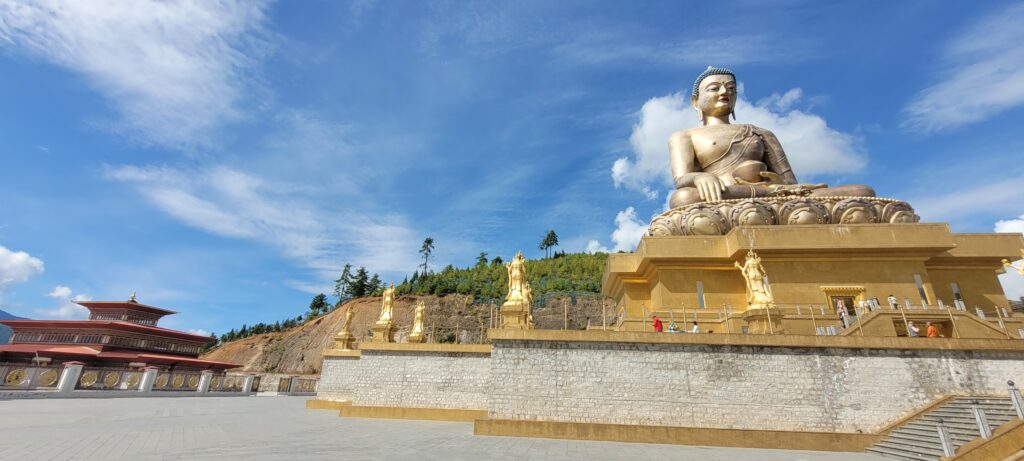
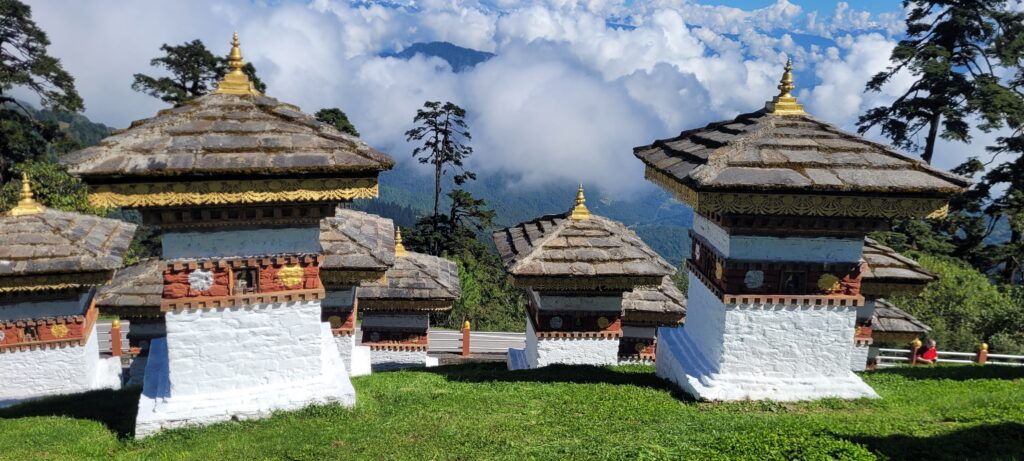
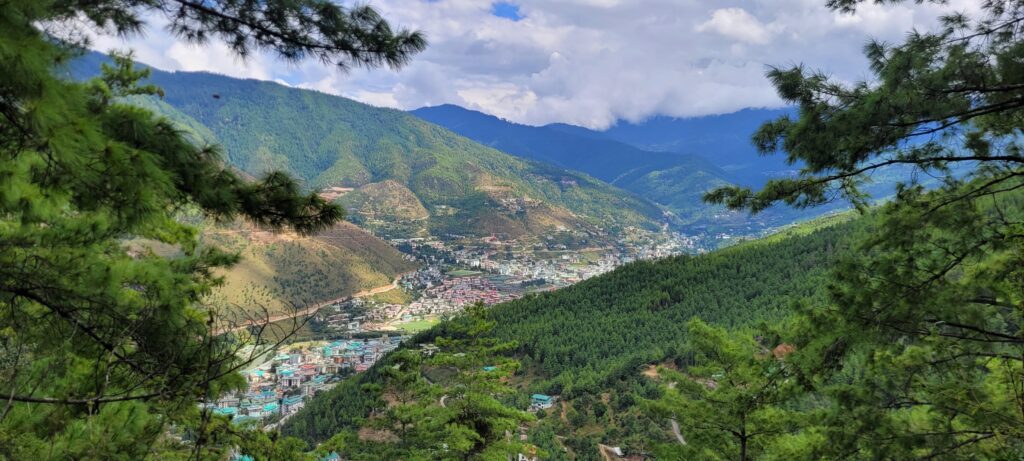
Speaking of feasts, Bhutanese cuisine is not quite like any other we’ve encountered anywhere in the world. It’s a blend of Chinese, Indian and local influences that celebrates Bhutan’s rich variety of domestic crops. When we weren’t gaping at breathtaking landscapes or studying the mesmerizing, detailed artwork inside countless Buddhist temples, we were overindulging in one unique meal after another.
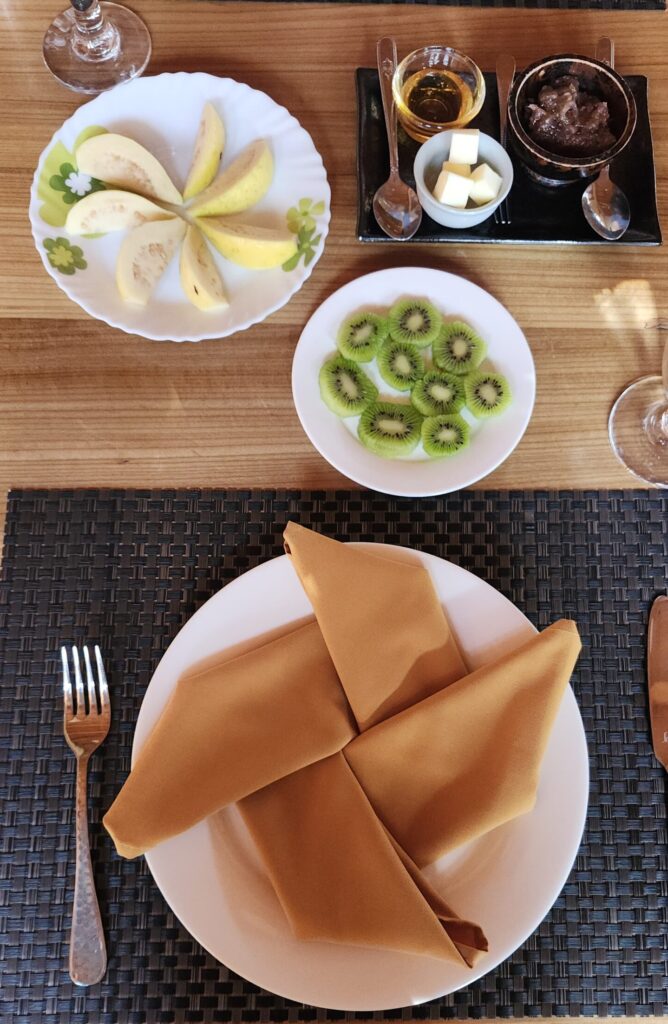
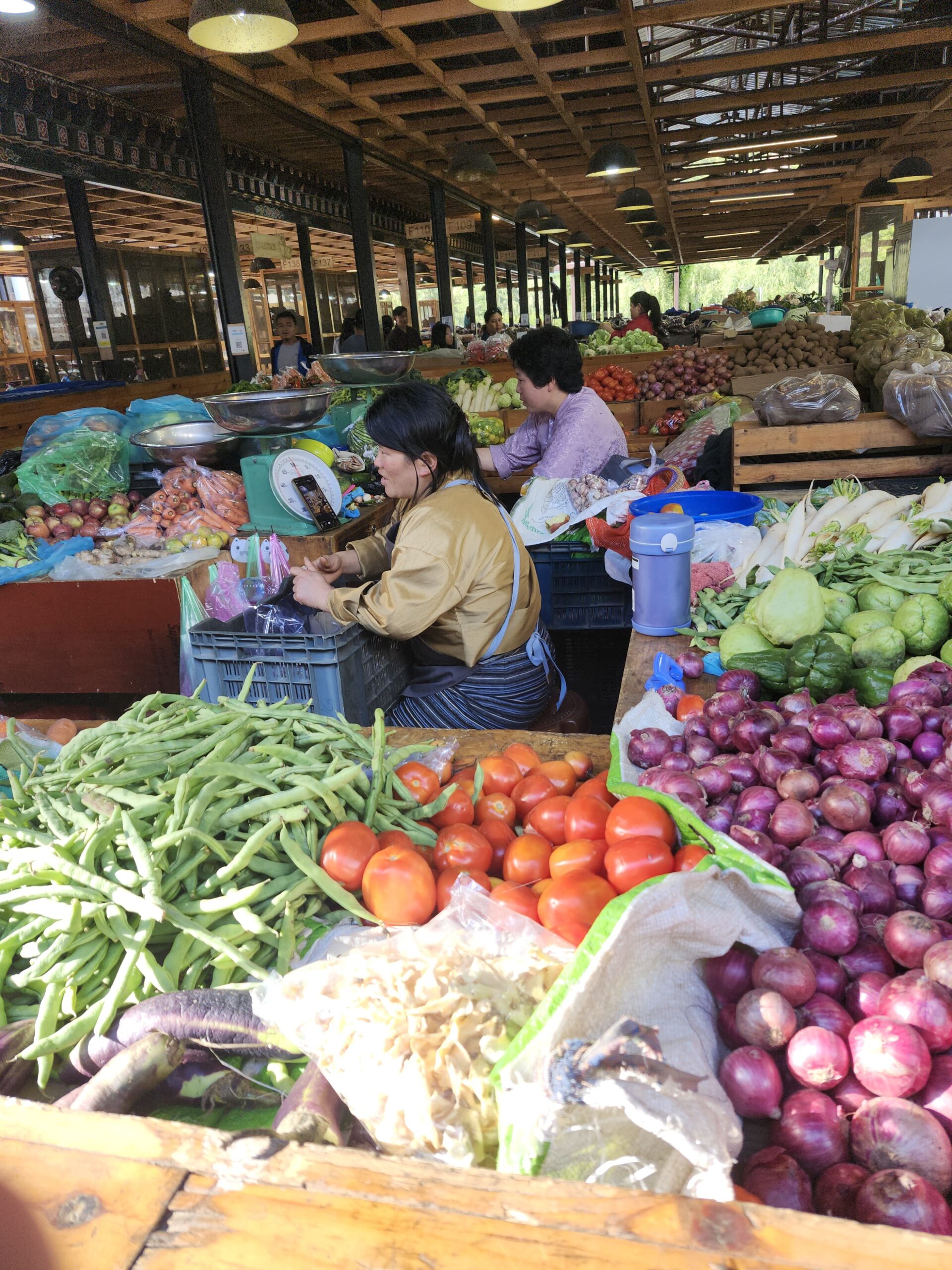
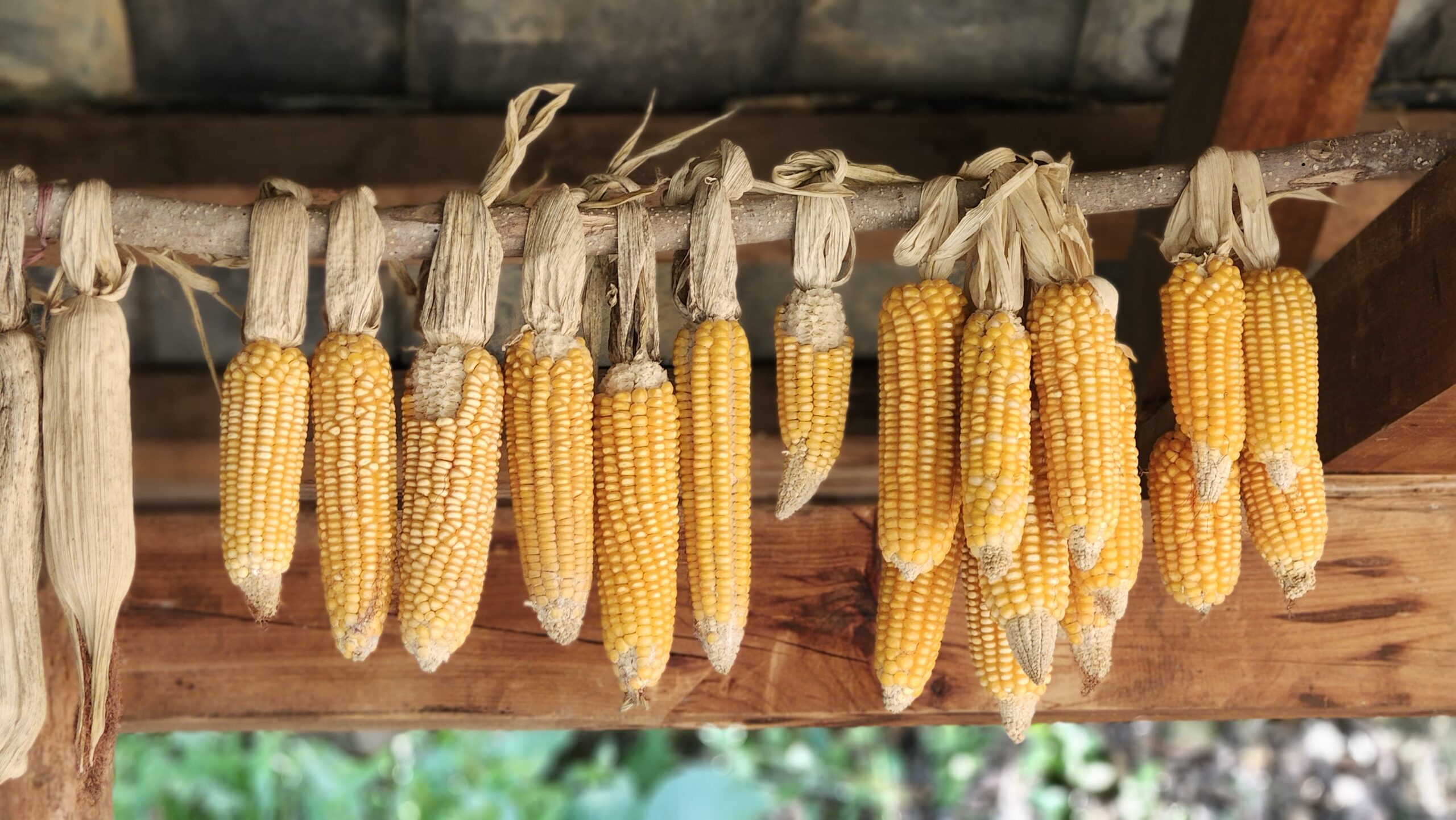
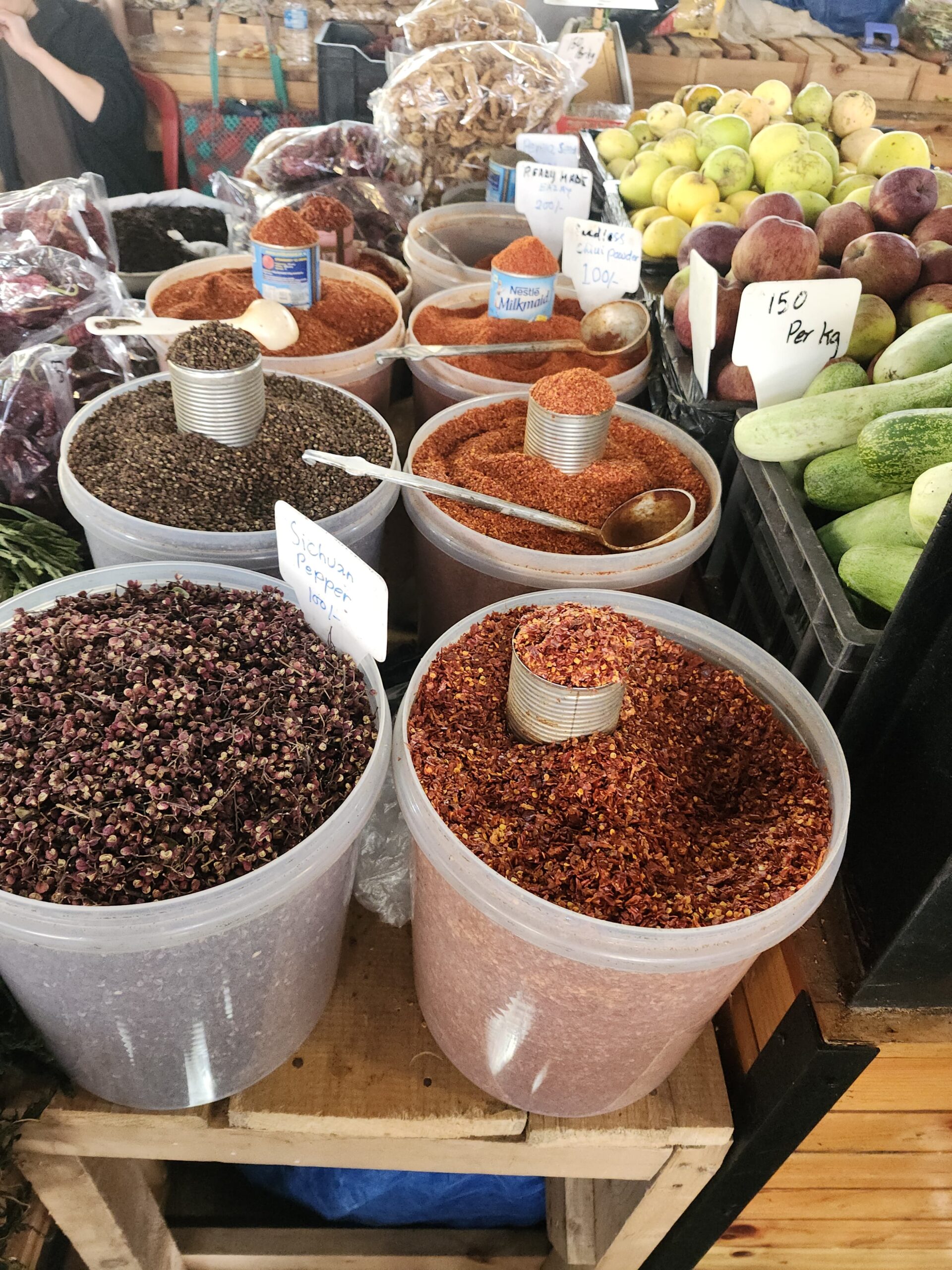
Our experience in Bhutan might have been less satisfying if the weather forecasts had proved accurate. Fortunately, they didn’t. (Do they ever?) The rain that was predicted for our first week in Bhutan never materialized, just as it didn’t in Kathmandu after our waterlogged day of arrival. Instead, we enjoyed Bhutan’s typically ideal October climate, with highs ranging from the mid-60s at upper elevations to mid-80s further down, accompanied by the bluest skies and freshest air imaginable.
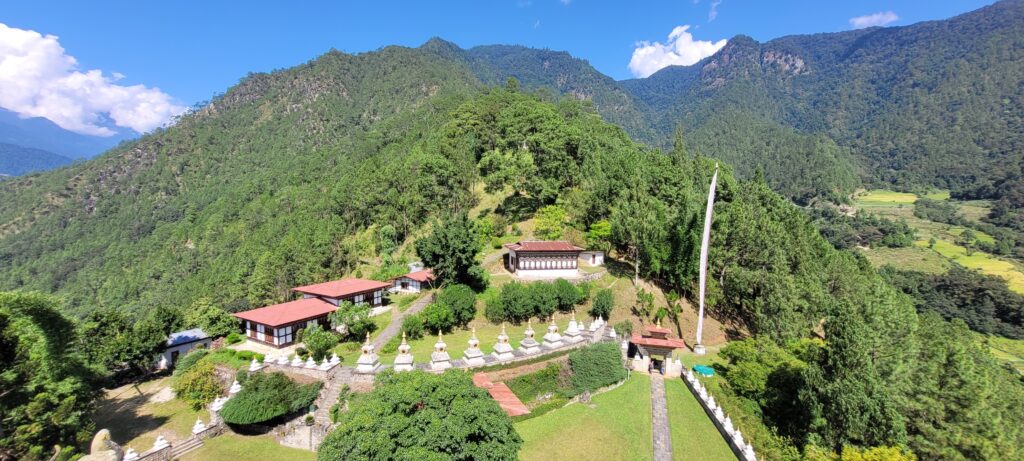
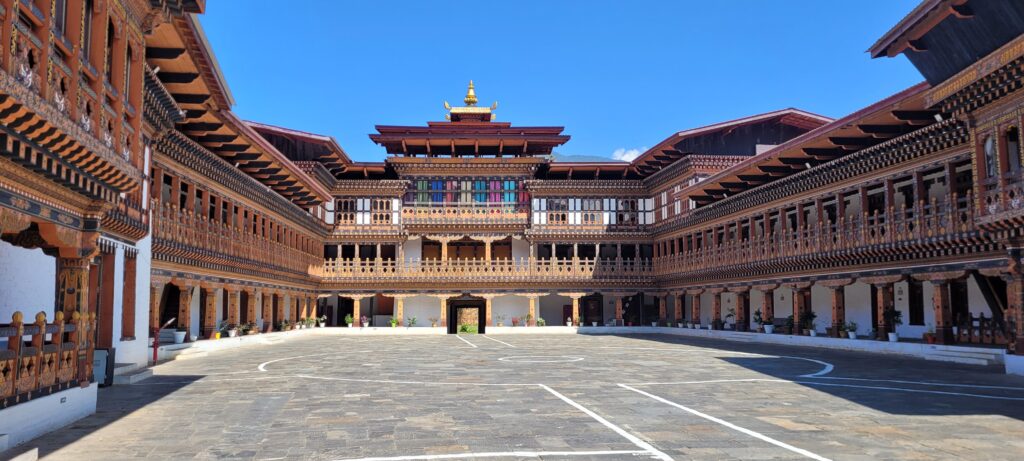
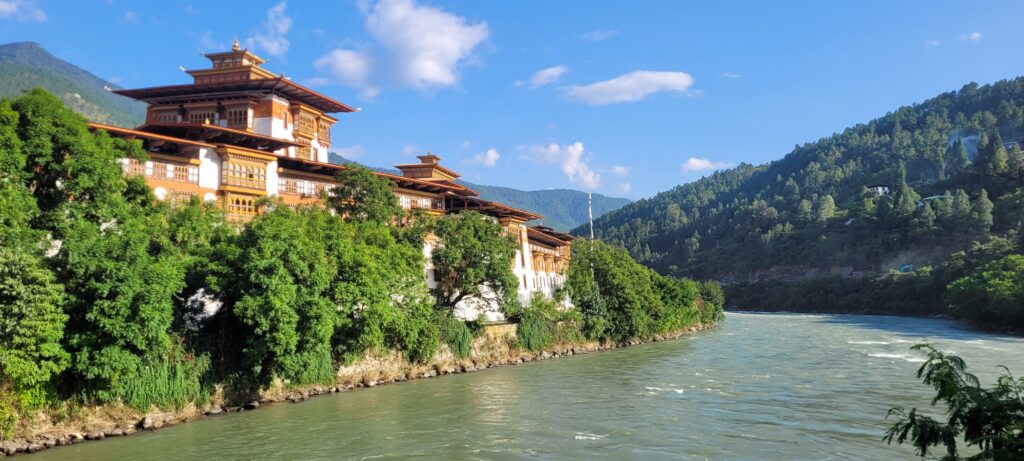
The western region of Bhutan is the more developed and western-influenced part of the country. We arrived there from Kathmandu via Paro, home to Bhutan’s only international airport. But a tour of Paro would have to wait until the end of the trip. Instead, we headed to nearby Thimphu, the nation’s capital and largest city. From there we journeyed east to Punakha, the ancient capital, before heading even further east to places I’ll cover in the next blog post.
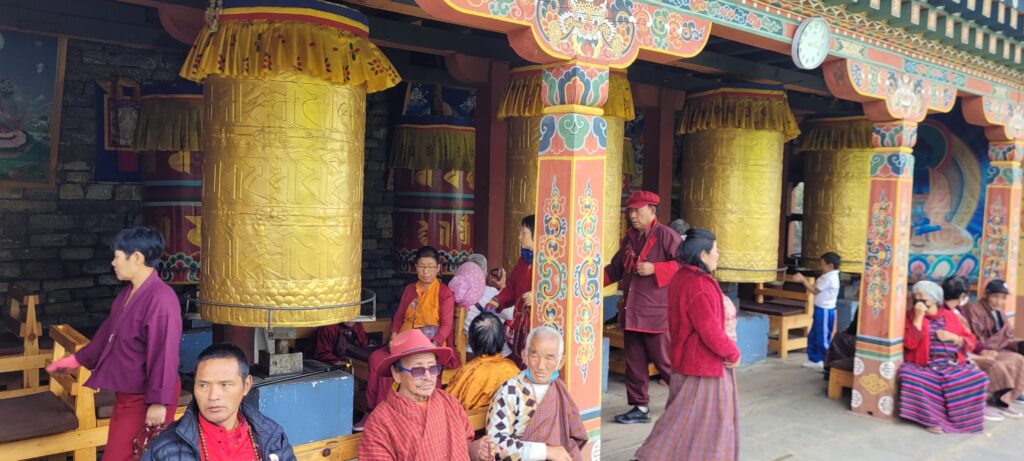
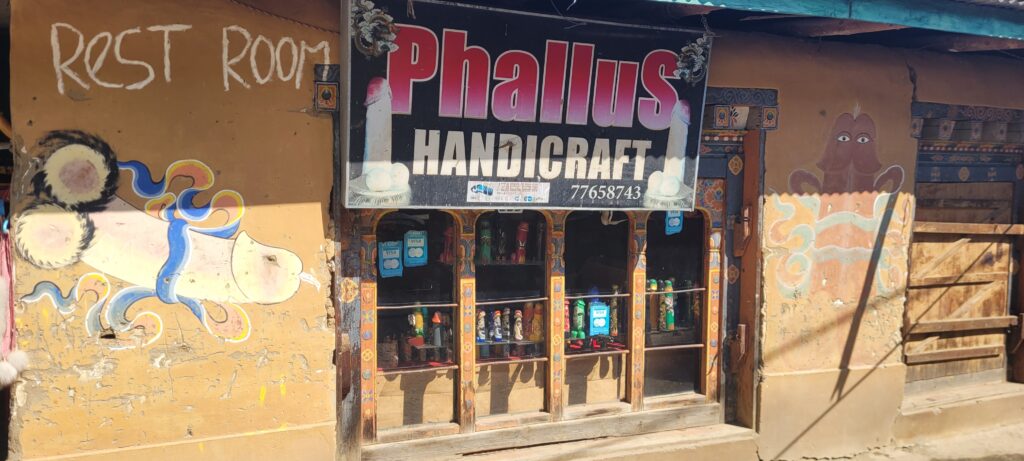
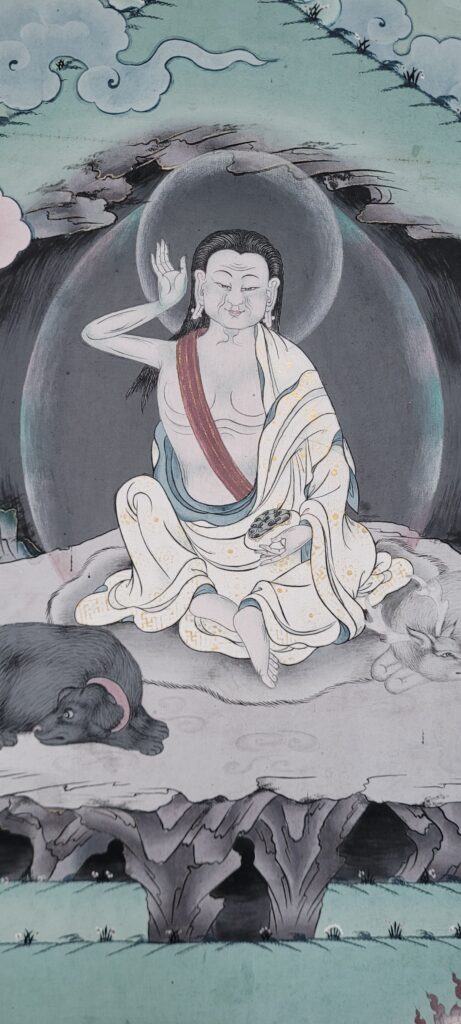
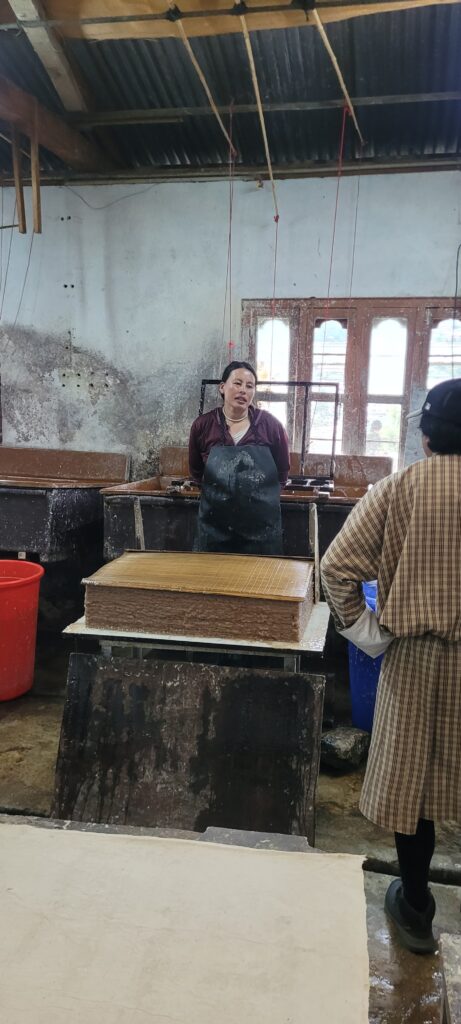
Along the way, we visited several Dzongs (fortresses), monasteries, and temples, some of which date back more than 1,000 years. We also meandered through some of the most beautiful countryside imaginable. Spending time in Bhutan felt like leaving behind the crowded, noisy world we know too well for a more peaceful and spiritual place.
Gross national happiness, indeed.
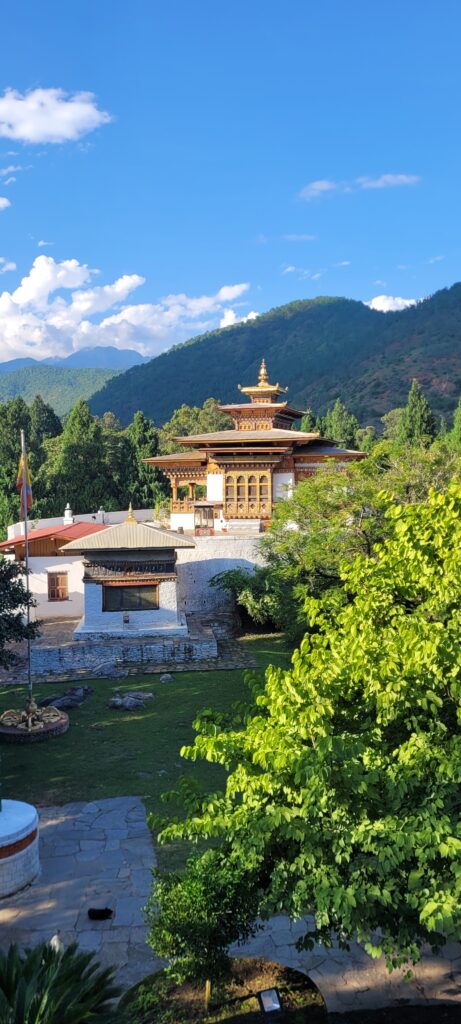
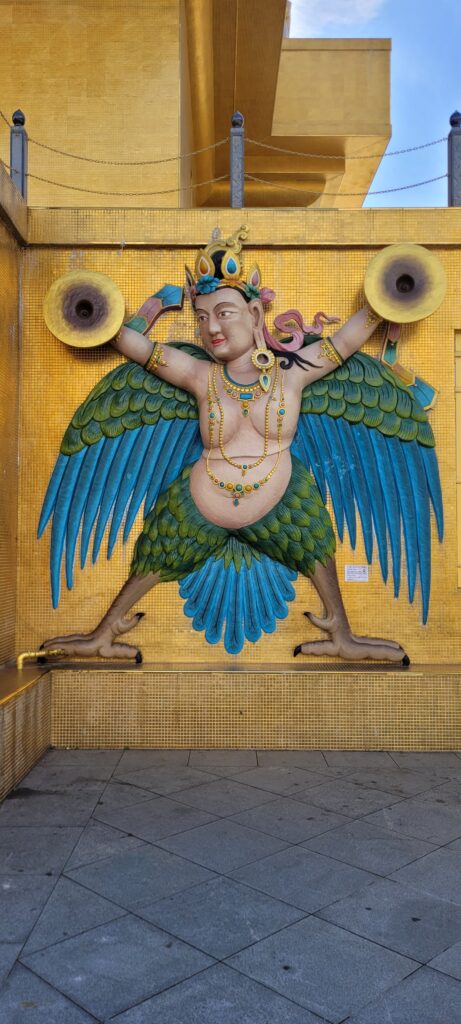
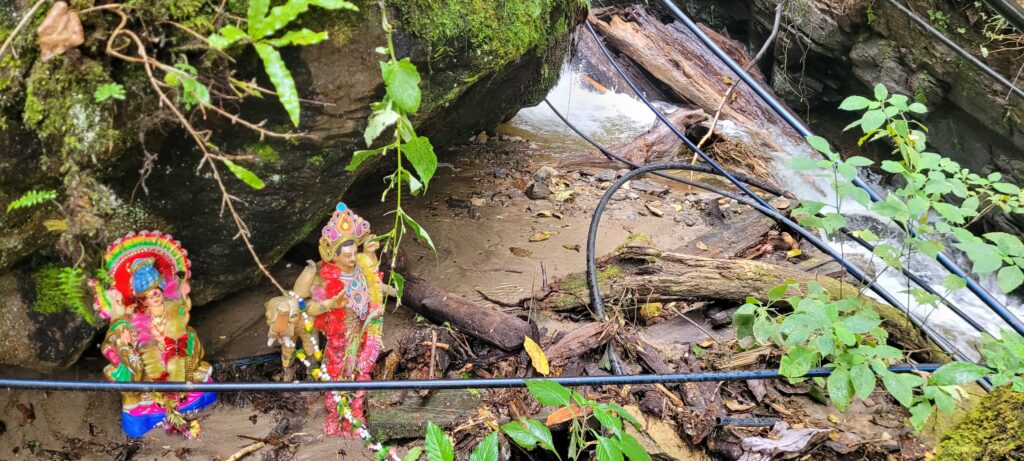
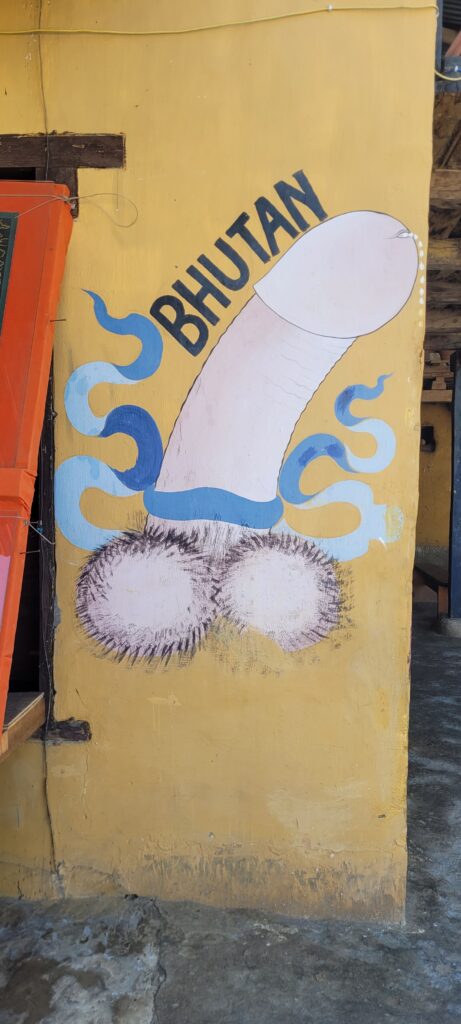
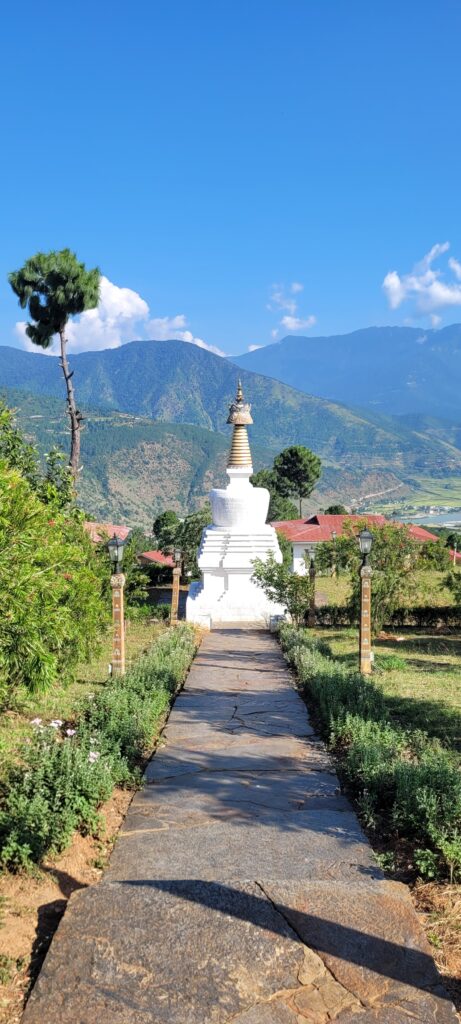
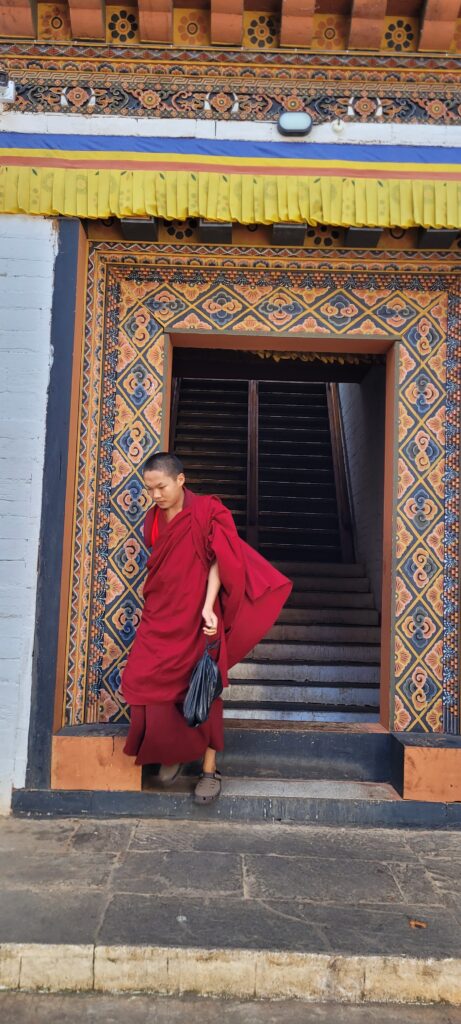
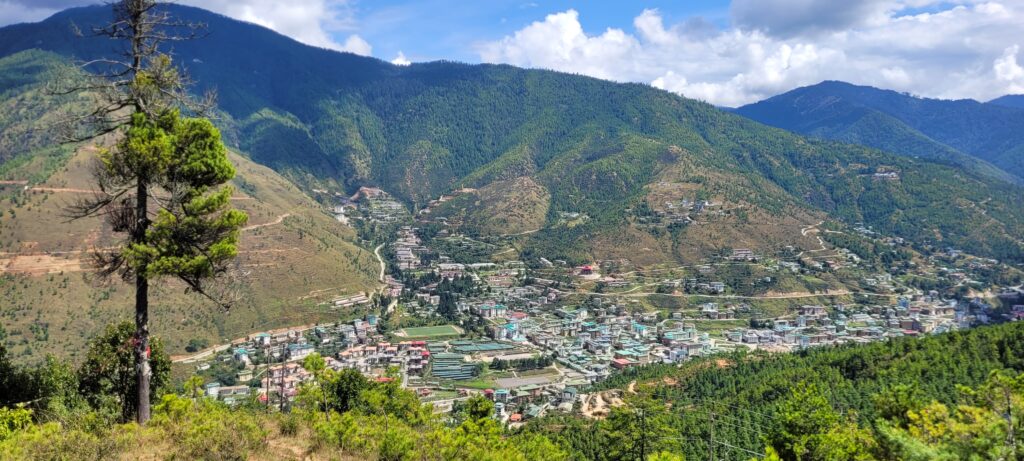
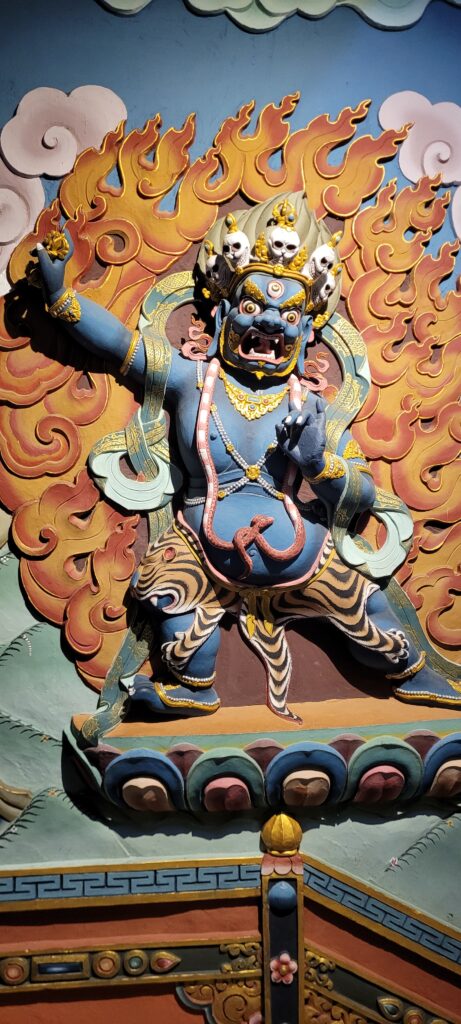
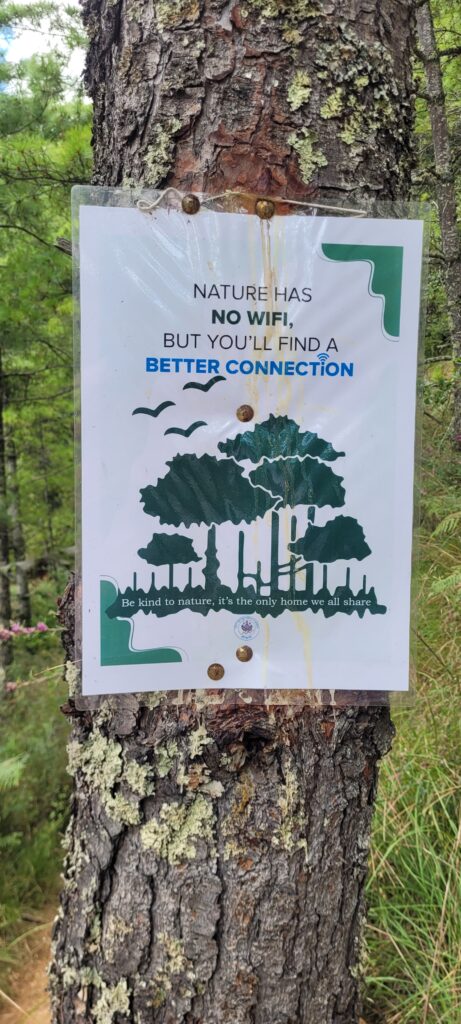
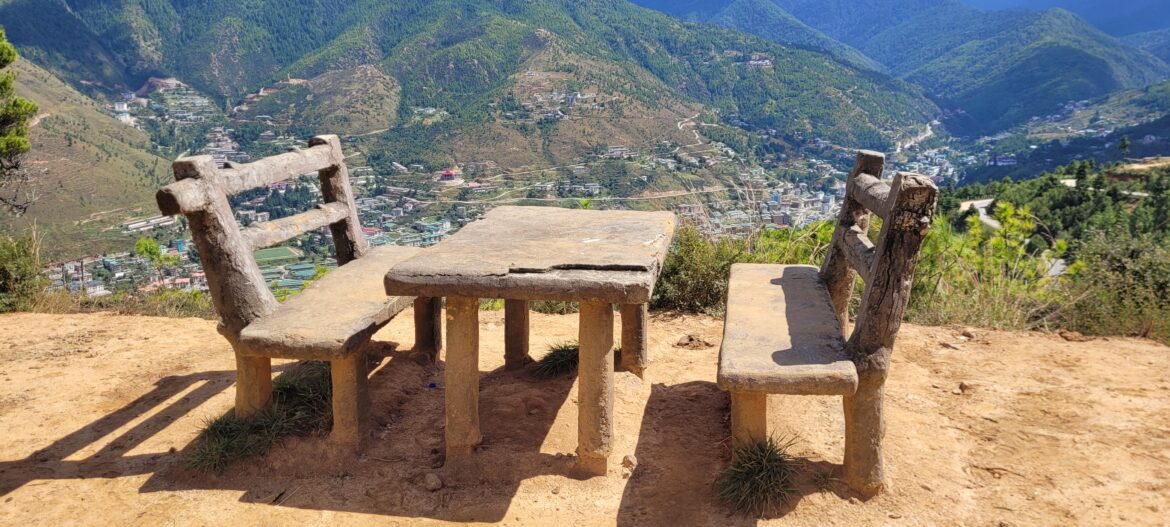
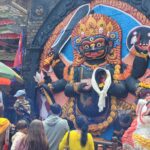
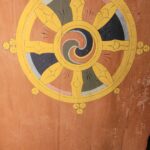
So peaceful and beautiful. Since I know I will never go there it’s wonderful seeing this place thru the pictures and your words.
Beautiful. In reading your blog, I have the feeling that your personal Gross Happiness index is as high as that of the lucky people of Bhutan. A picture is worth a thousand words, but your words add depth and meaning to your post.
Looks so very serene yet colorful! Amazing pictures. Keep ‘em coming!!